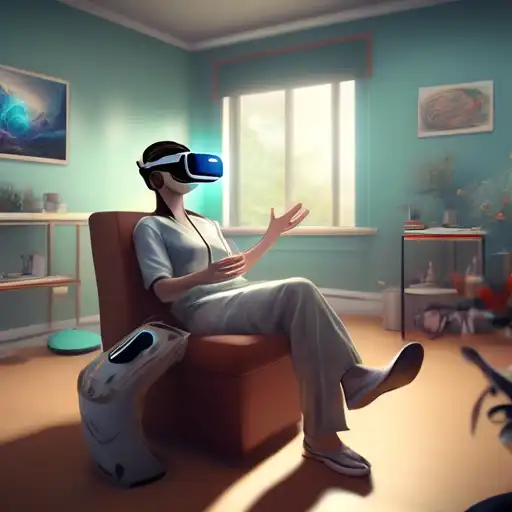The Transformative Power of Virtual Reality in Therapeutic Practices
Virtual Reality (VR) technology has transcended its initial entertainment purposes, paving the way for groundbreaking applications in therapy. This immersive technology is now being leveraged to treat a variety of psychological and physical conditions, offering patients a safe and controlled environment for rehabilitation and healing.
Understanding VR Therapy
VR therapy involves the use of virtual reality simulations to create immersive experiences that can help individuals confront and overcome their fears, manage pain, and improve mental health. By simulating real-world environments, VR provides a unique platform for exposure therapy, cognitive behavioral therapy, and more.
Applications of VR in Therapy
The applications of VR in therapy are vast and varied. Here are some of the most notable uses:
- Exposure Therapy: VR is particularly effective in treating phobias and PTSD by gradually exposing patients to their fears in a controlled setting.
- Pain Management: Through distraction and immersion, VR has been shown to reduce pain perception in patients undergoing painful procedures.
- Mental Health: VR therapies are being developed to treat anxiety, depression, and other mental health conditions by providing calming environments and scenarios.
- Physical Rehabilitation: VR games and simulations can motivate patients during physical therapy, making exercises more engaging and measurable.
The Benefits of VR Therapy
VR therapy offers several advantages over traditional therapeutic methods. It provides a safe environment for patients to face their fears, allows for precise control over the therapeutic stimuli, and can be easily adjusted to meet the individual needs of each patient. Moreover, VR therapy can be more engaging and less intimidating for patients, leading to higher compliance and better outcomes.
Challenges and Future Directions
Despite its potential, VR therapy faces challenges such as high costs, the need for specialized equipment, and limited accessibility. However, as technology advances and becomes more affordable, VR therapy is expected to become more widespread. Future research is also exploring the use of VR in treating a broader range of conditions and improving the efficacy of existing therapies.
In conclusion, VR is revolutionizing the field of therapy by offering innovative solutions to traditional treatment challenges. Its ability to create immersive, controlled environments makes it a powerful tool for therapists and patients alike. As we continue to explore and expand its applications, VR therapy holds the promise of transforming mental health and rehabilitation practices for the better.
